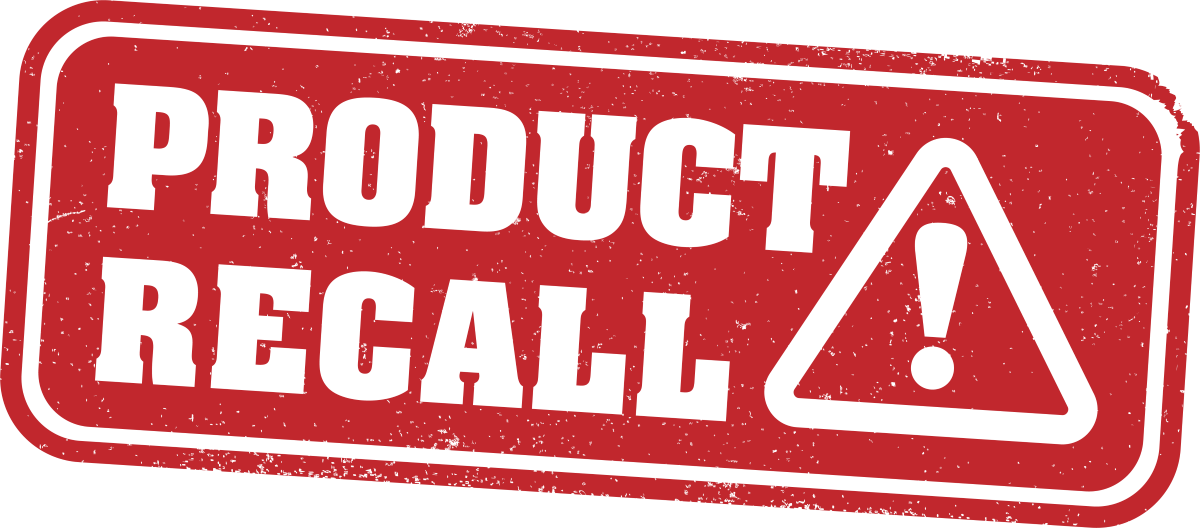
Fire extinguishers are crucial tools in our arsenal against unexpected fires, but like any product, they can undergo recalls or updates for various reasons. Staying informed about these recalls and updates is essential for ensuring the effectiveness and safety of your fire extinguishers. In this blog post, we'll explore why recalls happen, how to check for them, and the importance of prompt action.
- Understanding Fire Extinguisher Recalls
Recalls occur when a manufacturer identifies a defect or potential safety issue in their products. In the case of fire extinguishers, recalls may be initiated due to:
- Faulty Design: Issues with the design of the extinguisher that could hinder its performance.
- Manufacturing Defects: Errors in the manufacturing process that may compromise the extinguisher's reliability.
- Safety Concerns: Newly identified safety hazards or risks associated with the extinguisher.
- Checking for Recalls: Manufacturer Notices and Government Databases
To stay informed about fire extinguisher recalls, there are two primary sources to check:
- Manufacturer Notices: Manufacturers typically issue recalls through public notices, press releases, or website notifications. Regularly check the website of the manufacturer of your extinguisher for any updates or recall information.
- Government Databases: Government agencies, such as the Consumer Product Safety Commission (CPSC) in the United States, maintain product recall databases. These databases allow consumers to search for specific products, including fire extinguishers, to check for recalls.
- Importance of Serial Numbers and Model Information
When checking for recalls, pay attention to serial numbers and model information. Manufacturers often specify which models or units are affected by the recall. This information is typically found on the extinguisher's label, and it's crucial to check against the recall details to determine if your unit is included.
- Prompt Action: What to Do if Your Extinguisher is Recalled
If you discover that your fire extinguisher is subject to a recall, like most of the Kiddie plastic valve extinguishers back in 2017, taking prompt action is crucial:
- Contact the Manufacturer: Reach out to the manufacturer using the contact information provided in the recall notice. Manufacturers often provide instructions on how to return or replace the recalled extinguisher.
- Follow Instructions Carefully: Manufacturers will provide specific instructions on how to handle the recall. This may include returning the extinguisher for a replacement or repair.
- Discontinue Use: Do not use your extinguisher until it is safe. This ensures that you are not relying on a potentially faulty device during an emergency.
- Updates and Upgrades: Improving Fire Extinguisher Technology
In addition to recalls, manufacturers may issue updates or upgrades to improve the technology or performance of their fire extinguishers. These updates could include:
- Improved Extinguishing Agents: Advances in firefighting technology may lead to the development of more effective extinguishing agents.
- Enhanced Design Features: Manufacturers may introduce design improvements to make extinguishers more user-friendly or efficient.
Checking for updates and upgrades is as important as monitoring recalls. Manufacturers will typically provide information on their websites about any advancements in their product lines.
- Regular Maintenance and Inspection
Recalls and updates highlight the importance of regular maintenance and inspection of your fire extinguishers. Even if your extinguisher has not been subject to a recall, routine checks ensure that it remains in optimal condition. Here are some maintenance tips:
- Check Pressure Gauges: Ensure the extinguisher's pressure gauge is within the recommended range.
- Inspect the Nozzle and Hose: Ensure that the nozzle and hose are free from obstructions and damage.
- Look for Physical Damage: Check for any visible signs of damage to the extinguisher body, including dents, corrosion, or leaks.
- Educating Occupants: Creating a Culture of Safety
Keeping occupants informed about the importance of checking for recalls and updates is integral to creating a culture of safety. Consider the following steps:
- Informational Sessions: Conduct periodic sessions to educate occupants about fire safety, including the importance of checking for recalls.
- Post Recall Notices: Display recall notices or information in common areas to ensure visibility.
Empowering occupants with knowledge ensures that everyone is actively involved in maintaining a safe environment.
Conclusion: A Proactive Approach to Fire Safety
Staying informed about fire extinguisher recalls and updates is a proactive approach to fire safety. Regularly checking for manufacturer notices, utilizing government databases, and understanding the importance of serial numbers and model information are essential steps. Promptly addressing recalls and staying updated on improvements in fire extinguisher technology contribute to a safer environment for everyone. Remember, fire safety is a shared responsibility, and by staying informed, you play a crucial role in enhancing the effectiveness of fire prevention measures. Contact the professionals at Koorsen Fire & Security today if you have questions about the status of your fire extinguishers.

